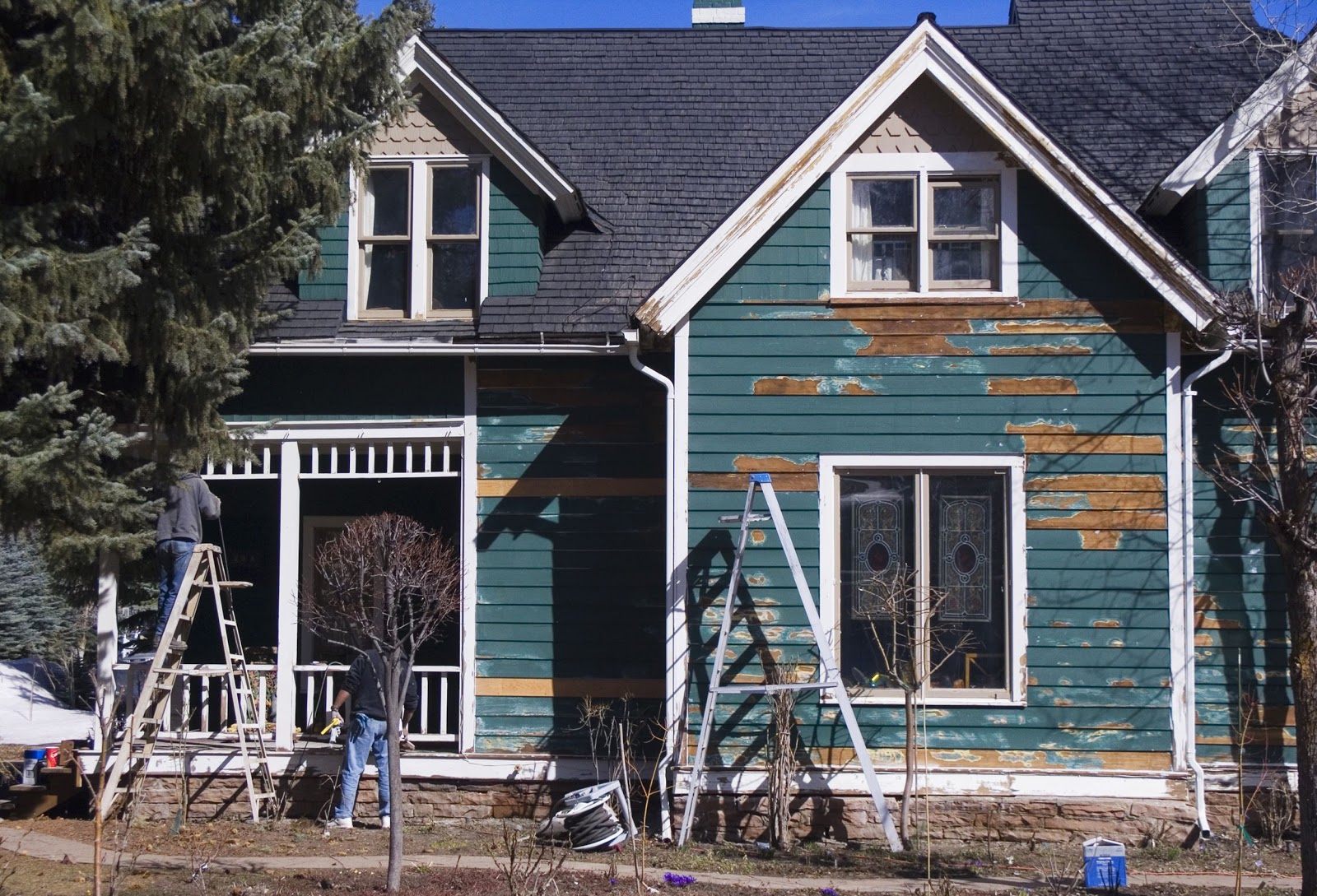Why Professional Training is Vital for Work Done on Older Homes
Older homes present a unique challenge to homeowners, not least because the aged timber and structure can make it dangerous to perform any serious work. However, the danger that we’re going to discuss today isn’t about the building itself, but the paint that was used on the home.
It sounds strange to be so concerned about paint, but the chemicals contained within it can be incredibly dangerous and potentially even fatal if you aren’t careful. The biggest problem is the lead, and unfortunately, it’s prolific throughout older homes.
The Outlawing of Lead Paint
The use of lead paint wasn’t outlawed until 1978 and until this point lead was in every can of paint that you could find. It’s not as if it was only used occasionally, practically every building that was painted before this contained excessive amounts of lead that could cause health conditions and potentially even death.
Lead paint was outlawed by the EPA after they began to understand the health problems that were being caused and the direct link to lead exposure. While lead can be found in a variety of different places, lead paint is even more dangerous.
The Problem with Lead
We need certain levels of minerals and vitamins in our bodies, but one which we don’t need is lead. Heavy metals like lead tend to be poisonous to humans and exposure can cause serious health problems. While rapid exposure in large concentration isn’t advisable, the bigger problem is small-scale exposure for long periods, which is particularly common when the source of contamination is within the home.
Consistently, studies have linked lead poisoning to symptoms like developmental delay, learning difficulties, abdominal pain, vomiting, loss of appetite and fatigue. Studies have even found that even once the source of exposure has been removed, it can have a permanent impact on a child’s IQ, seriously hampering their life.
For healthy adults, the impact of lead exposure is relatively small although it can still be harmful. While for the elderly and particularly for developing babies, the effects can be scarring, and very high lead exposure has been found to cause death.
Why is Lead Paint Dangerous?
The problem with lead paint is not that it’s used, it’s that it will eventually crack. When the paint chips or the wall is smashed down, the lead turns into small particles. The result is that rather than being a solid object that you can absorb in small levels through the skin, it is inhaled where it can cause much more serious health problems.
For this reason, lead paint tends to cause more problems in older homes where it might not yet have been professionally removed or replaced. As it begins to chip and crack the lead will enter the air where you will breathe it in as you go about your day. Unfortunately, it’s not easy to remove and therefore to open the door to air it out isn’t enough, you need professional help.
Professionals Make it Safe
Professionals who have extensive training and have passed an examination which qualifies them to work around the lead paint and they can properly remove the paint. This process involves setting up fans and air filtration so that the dust can be sucked out and removed. However, it can’t simply be pumped outdoors without thought because people passing-by might inhale the dust and also be impacted.
These individuals have years of experience removing lead paint and have undergone intensive training which is mandated by the government and the EPA, qualifying them to do this work.
It’s the Law
Even if you’re not concerned by these shocking health implications, you should get professional training if you’re going to work on older homes because it’s the law. It’s illegal for homeowners to work on spaces in their home which are larger than 6 square feet if there is likely to be potential for lead exposure, without first becoming lead certified with the EPA.


